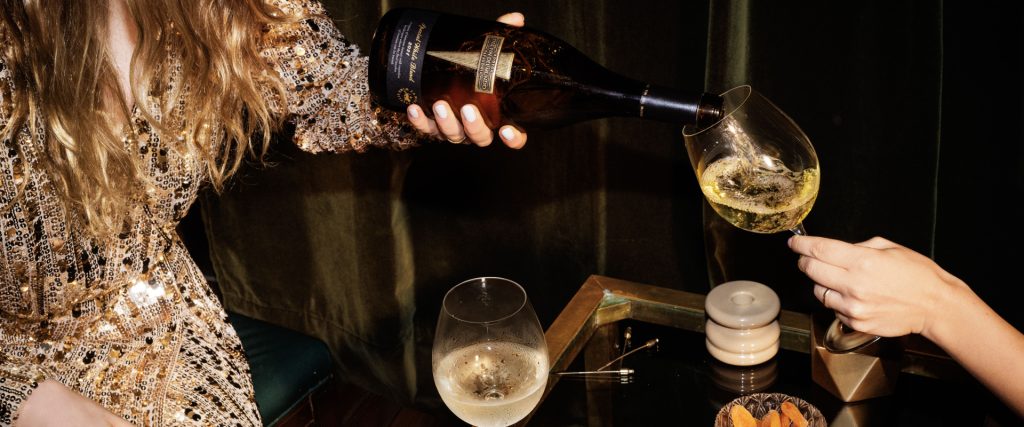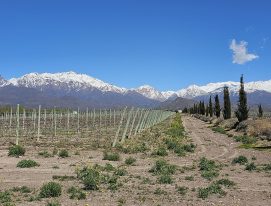White wines are enjoying a golden age. New trends in consumption, the higher temperatures that come with climate change and a preference for cooler drinks have led to a surge of popularity across the world. The revival is led by the United States, followed closely by Italy, Germany, France, Russia, Australia, Spain and Argentina, which lies in tenth place.
According to the International Viticultural Organization (IVO), between 2017 and 2021, global consumption grew by an incredible 42.2%. “In Europe and the United States, consumption of white wines has matched and even exceeded that of reds in some years, such as 2020, when a 485% increase in consumption was recorded for whites compared to 451% among the reds. The same trend is being seen in Argentina: consumption of white wines grew by 266% between 2012 and 2021, according to the National Institute of Viticulture,” says Pablo Sánchez, the oenological director at Falasco Wines.
Supply matching demand
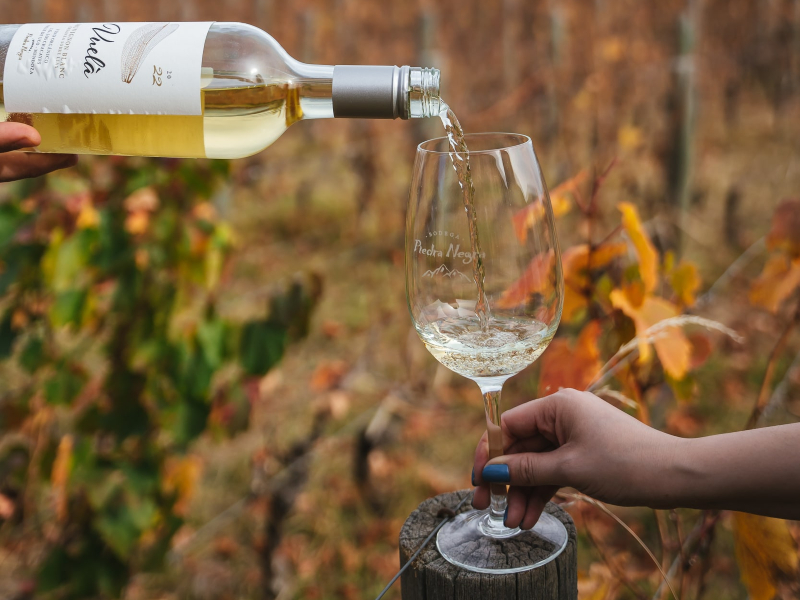
The rise in consumption of white wines is no coincidence. “The diversity and quality of white wines has improved notably with a far greater range available to consumers,” says Lucía Ordoñez, Commercial Director at Bodega Piedra Negra. Francisco San Miguel, Category Manager at Norton, adds: “White wines are becoming increasingly popular due to their versatility, freshness and acidity, making them perfect for a wide range of pairings and occasions.”
The younger market especially is looking for lighter, more natural wines made with less intervention and they’re also better suited to low calorie diets. People are increasingly interested in sustainable and “vegan friendly” options. “In recent years, more neutral white wines such as Pinot Grigio have grown more popular due to their simplicity and because they’re so easy to drink,” says Martin Kaizer, the oenologist at Bodega Doña Paula.
The queen of the whites: Chardonnay
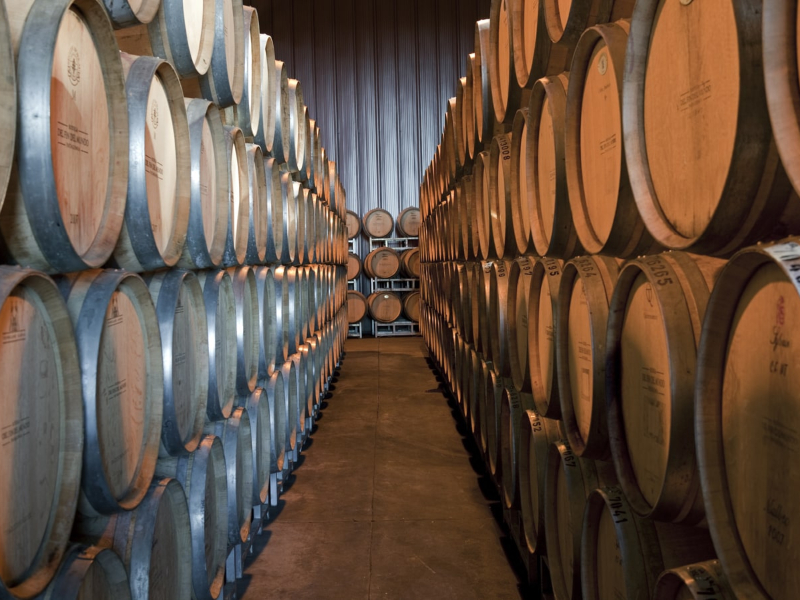
Chardonnay is still the jewel in the crown. Juliana Del Aguila Eurnekian, President of Bodega Del Fin Del Mundo, describes the variety as the “queen of the whites”, emphasizing its versatility. “There are as many different Chardonnays as there are places where it is grown. In Patagonia, we’re making distinctive wines of great minerality.” Lucas Löwi, Estate Director at Terrazas de los Andes, adds: “Argentina has a chance to offer the world high altitude Chardonnay with freshness and elegance, quite different from the famous versions from Burgundy or the Napa Valley, with a distinctive style lent by the altitude, good body and an elegant degree of fat.”
Each of Argentina’s winemaking regions has its own style of white. “Chardonnay in La Ciénaga, in San Juan, stands out for its freshness and lively acidity. With minimal intervention, we seek to make whites that express the pure character of the place, combining freshness and a complex aromatic character in the nose and the mouth,” says Juan de Dios Giacalone, Commercial Director at Bodega Xumek.
“In Luján de Cuyo and the Uco Valley, Mendoza, varieties such as Grüner Veltliner, Semillón, and Sauvignon Blanc express the freshness and minerality of their terroirs,” says San Miguel. Ordóñez notes that at Bodega Piedra Negra, they produce almost 50% whites, calling attention to more unusual varieties such as Pinot Gris and Friuliano tokai. Matias Michelini, the oenologist at Passionate Wines, adds: “Locally, Semillón has and continues to win followers but more and more excellent Chardonnays and Sauvignon Blancs are appearing.”
Innovation and tradition go hand in hand
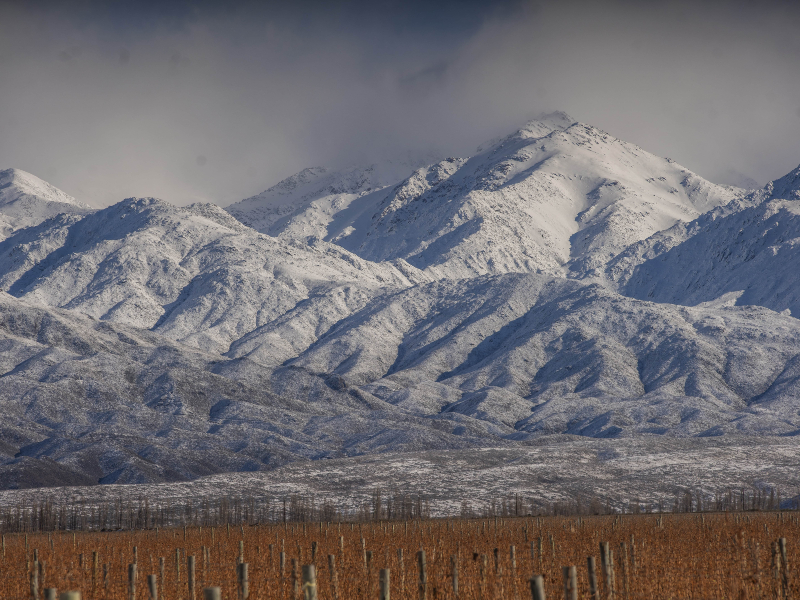
Winemaking techniques have evolved, prioritizing fruit and the terroir. The use of inert vessels such as concrete and ceramic amphorae is growing more common while the use of oak is carefully measured to maintain the elegance and authenticity of the wines. “Consumers aren’t looking for dense, buttery Chardonnays any more; they prefer a balance between the fruit and the wood where the identity of the variety and qualities of the terroir are preserved,” says Sánchez.
However, wood is still important among premium wines. “Oak aging is an excellent option for whites,” says Guillermo Barzi, the Director at Humberto Canale, mentioning his work in the Alto Valle de Río Negro with Sauvignon Blanc, Semillón and Riesling. Eurnekian adds: “Well-used barrels will always be valuable, depending on the style you’re looking for. Whites are versatile; there are times when one wants a fuller bodied whites and times when you want a lighter style.”
Nicolás Calderón, the oenologist at Bodega Rosell Boher, expands on the theme: “We’re seeing that among oak-aged whites there’s a tendency to lower the degree of toasting. However, in our case, it’s necessary to achieve a creative mixture and produce high quality wines suited to cellar aging.” Matias Michelini concludes: “Knowledge of the terroir and precise selection of the wood have allowed us to make wines aged in oak that perfectly integrate the expression and essence of the place.”
Argentine wineries are focussing on new varieties and styles to meet increasing demand for whites, which are chosen both as an aperitif and to accompany meals all year round. This shift in the preferences of wine lovers across the world appears to be a trend that is here to stay.

